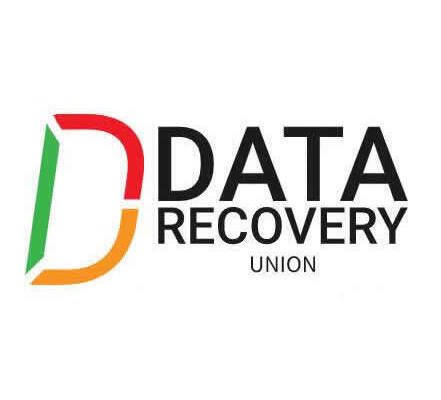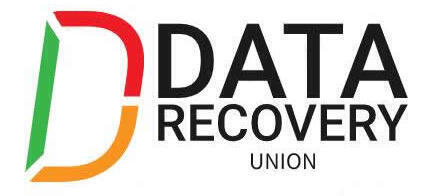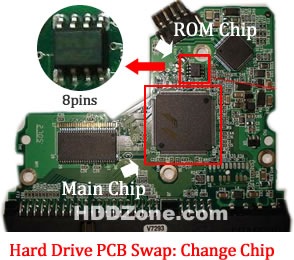Correlated failures
 The theory behind the error correction in RAID assumes that failures of drives are independent. Given these assumptions it is possible to calculate how often they can fail and to arrange the array to make data loss arbitrarily improbable.
The theory behind the error correction in RAID assumes that failures of drives are independent. Given these assumptions it is possible to calculate how often they can fail and to arrange the array to make data loss arbitrarily improbable.
In practice, the drives are often the same age, with similar wear, and subject to the same environment. Since many drive failures are due to mechanical issues which are more likely on older drives, this violates those assumptions and failures are in fact statistically correlated. In practice then, the chances of a second failure before the first has been recovered is not nearly as unlikely as might be supposed, and data loss can, in practice, occur at significant rates.
A common misconception is that “server-grade” drives fail less frequently than consumer-grade drives. Two independent studies, one by Carnegie Mellon University and the other by Google, have shown that the “grade” of the drive does not relate to failure rates.
Atomicity
This is a little understood and rarely mentioned failure mode for redundant storage systems that do not utilize transactional features. Database researcher Jim Gray wrote “Update in Place is a Poison Apple”[28] during the early days of relational database commercialization. However, this warning largely went unheeded and fell by the wayside upon the advent of RAID, which many software engineers mistook as solving all data storage integrity and reliability problems. Many software programs update a storage object “in-place”; that is, they write a new version of the object on to the same disk addresses as the old version of the object. While the software may also log some delta information elsewhere, it expects the storage to present “atomic write semantics,” meaning that the write of the data either occurred in its entirety or did not occur at all.
However, very few storage systems provide support for atomic writes, and even fewer specify their rate of failure in providing this semantic. Note that during the act of writing an object, a RAID storage device will usually be writing all redundant copies of the object in parallel, although overlapped or staggered writes are more common when a single RAID processor is responsible for multiple drives. Hence an error that occurs during the process of writing may leave the redundant copies in different states, and furthermore may leave the copies in neither the old nor the new state. The little known failure mode is that delta logging relies on the original data being either in the old or the new state so as to enable backing out the logical change, yet few storage systems provide an atomic write semantic on a RAID disk.
While the battery-backed write cache may partially solve the problem, it is applicable only to a power failure scenario.
Since transactional support is not universally present in hardware RAID, many operating systems include transactional support to protect against data loss during an interrupted write. Novell NetWare, starting with version 3.x, included a transaction tracking system. Microsoft introduced transaction tracking via the journaling feature in NTFS. ext4 has journaling with checksums; ext3 has journaling without checksums but an “append-only” option, or ext3cow (Copy on Write). If the journal itself in a filesystem is corrupted though, this can be problematic. The journaling in NetApp WAFL file system gives atomicity by never updating the data in place, as does ZFS. An alternative method to journaling is soft updates, which are used in some BSD-derived system’s implementation of UFS.
This can present as a sector read failure. Some RAID implementations protect against this failure mode by remapping the bad sector, using the redundant data to retrieve a good copy of the data, and rewriting that good data to the newly mapped replacement sector. The UBE (Unrecoverable Bit Error) rate is typically specified at 1 bit in 1015 for enterprise class disk drives (SCSI, FC, SAS) , and 1 bit in 1014 for desktop class disk drives (IDE/ATA/PATA, SATA). Increasing disk capacities and large RAID 5 redundancy groups have led to an increasing inability to successfully rebuild a RAID group after a disk failure because an unrecoverable sector is found on the remaining drives. Double protection schemes such as RAID 6 are attempting to address this issue, but suffer from a very high write penalty.
Write cache reliability
The disk system can acknowledge the write operation as soon as the data is in the cache, not waiting for the data to be physically written. This typically occurs in old, non-journaled systems such as FAT32, or if the Linux/Unix “writeback” option is chosen without any protections like the “soft updates” option (to promote I/O speed whilst trading-away data reliability). A power outage or system hang such as a BSOD can mean a significant loss of any data queued in such a cache.
Often a battery is protecting the write cache, mostly solving the problem. If a write fails because of power failure, the controller may complete the pending writes as soon as restarted. This solution still has potential failure cases: the battery may have worn out, the power may be off for too long, the disks could be moved to another controller, the controller itself could fail. Some disk systems provide the capability of testing the battery periodically, however this leaves the system without a fully charged battery for several hours.
An additional concern about write cache reliability exists, specifically regarding devices equipped with a write-back cache—a caching system which reports the data as written as soon as it is written to cache, as opposed to the non-volatile medium. The safer cache technique is write-through, which reports transactions as written when they are written to the non-volatile medium.
Equipment compatibility
The methods used to store data by various RAID controllers are not necessarily compatible, so that it may not be possible to read a RAID array on different hardware, with the exception of RAID 1, which is typically represented as plain identical copies of the original data on each disk. Consequently a non-disk hardware failure may require the use of identical hardware to recover the data, and furthermore an identical configuration has to be reassembled without triggering a rebuild and overwriting the data. Software RAID however, such as implemented in the Linux kernel, alleviates this concern, as the setup is not hardware dependent, but runs on ordinary disk controllers, and allows the reassembly of an array. Additionally, individual RAID1 disks (software, and most hardware implementations) can be read like normal disks when removed from the array, so no RAID system is required to retrieve the data. Inexperienced data recovery firms typically have a difficult time recovering data from RAID drives, with the exception of RAID1 drives with conventional data structure.
Data recovery in the event of a failed array
With larger disk capacities the odds of a disk failure during rebuild are not negligible. In that event the difficulty of extracting data from a failed array must be considered. Only RAID 1 stores all data on each disk. Although it may depend on the controller, some RAID 1 disks can be read as a single conventional disk. This means a dropped RAID 1 disk, although damaged, can often be reasonably easily recovered using a software recovery program. If the damage is more severe, data can often be recovered by professional data recovery specialists. RAID 5 and other striped or distributed arrays present much more formidable obstacles to data recovery in the event the array fails.






